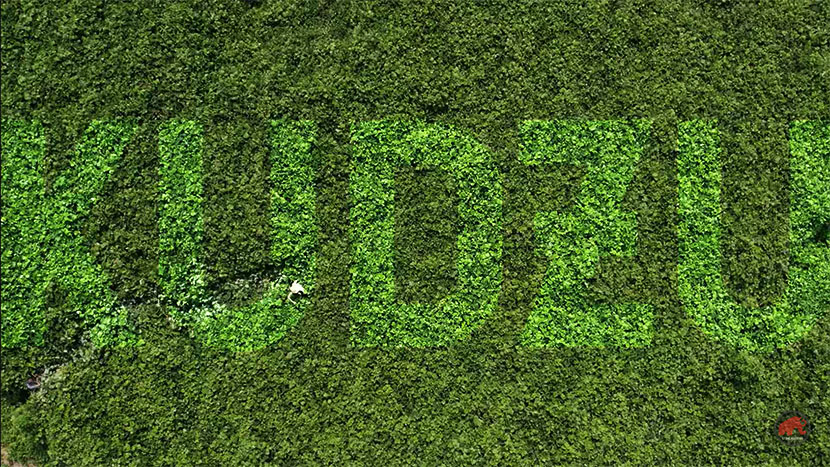What Can You Use Kudzu For?
Throughout history humans have moved a lot of different plants and animals around, some proving pretty beneficial, some not doing much, and some causing a whole lot of harm to the native ecosystem as invasive species. In fact, it is quite probable that many of the plants you look at in any inhabited area, whether urban or rural, are not native, or even invasive, to that area. Whatever the case, it is a good idea to understand and learn more about the plants that you find in your region, and what they can be used for.

An example of a non-native plant in the United States, that is considered invasive through most of its range there, is kudzu, Pueraria montana. Kudzu is a fast-growing, woody vine plant that easily grows over large areas, and is actually often known as “The vine that ate the south.” It was introduced in 1876 and later sold and planted for ornamental purposes, feeding cattle, and even to prevent erosion, it is now common across much of the USA.
Despite the problems associated with kudzu, it is interesting to see how we can utilize this plant in our day to day lives, you can check out this video to see what Rob and his family tried based on a lot of suggestions from the internet, with a summary below, and some comments from fans to elaborate on what else you can do with kudzu.
So, we know kudzu grows really fast, so there is a lot of it to experiment with, but what did we find out from trying out some of the things we read on the internet about kudzu?
Eating kudzu
Here are some common ideas about eating kudzu and Rob’s personal results with trying them!
Put younger softer kudzu leaves in salad
Verdict: It is tough and tastes like grass. Even when cooked it stayed too tough and was not very flavorful. Based on trying it this way, eating the leaves is not recommended!
Kudzu shoot tips are a tasty snack!
Verdict: The shoots are nice and taste a lot like beans but are also quite hairy, so the texture is not very pleasant! If you peel the outside off it is much better, but the harvest is a lot of work if you eat them this way! So this is recommended in a survival situation, or if you are bored and would like a snack with a bit of work involved.
You can eat kudzu roots like a potato.
Verdict: The roots were difficult to dig up, hard to process, and on their own are very bitter.
Now, here it is important to note that kudzu root as a powder can even be found in stores is super useful! As both a gluten-free thickener for sauces or soups and a traditional medicine that can be good for the skin and gut health, this is a good way to use kudzu. You could even dry and grind up your own roots to use them however you like!
You can eat kudzu flowers
Verdict: kudzu flowers do not taste good raw like some flowers do. When you put in hot water they make for an earthy tea that is not very good on its own. In Hailey’s words, “it is a bit dank!”, but maybe with some flavoring the tea could be ok!
Other uses for kudzu
You can use kudzu to make hand-made ropes
Verdict: You can make a good rope out of kudzu by hand, though it is probably best to harvest dry vines in winter or make sure you use the older vines during the growing season. If you want to learn more about making ropes, check out the video below!
But, what else?
Now, these were just some of the ways to try out kudzu, however, there are many people who have been using kudzu for generations and when we asked the public in the comments section of YouTube after this video we got some cool ideas on how to use kudzu well, such as:
- Using kudzu to make hammocks, baskets, chairs and more
- For animal feed (goats love it!)
- Kudzu flowers can make a nice jelly
- Boil kudzu longer in salt or stuff it in chicken for better results on flavor or texture
Either way, exploring kudzu has taught us a couple of really interesting things. First off, that kudzu is maybe not as easy to prepare and eat as it is made out to be and that you shouldn’t believe everything you see in terms of foraged foods on the internet. However, on the other hand, when in doubt (if you know a plant is safe to eat) sometimes you have to try it for yourself and it is always good to ask someone if they have a good recipe to try to get the best out of a foraged plant!
If you want to know more about the invasive impacts of kudzu, you check out this podcast episode from The Anthropo Scene where our writer and collaborator Kirstynn is a co-host!

